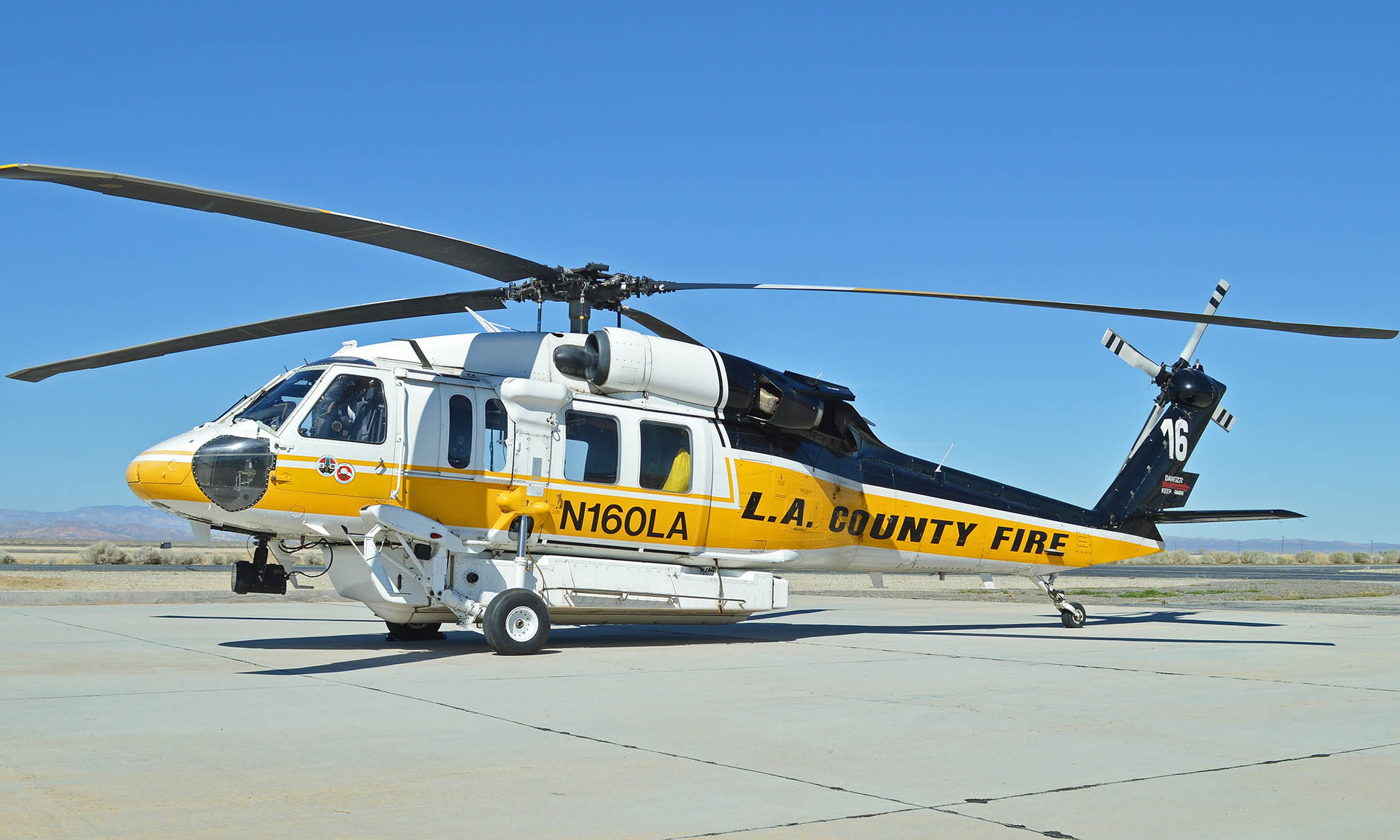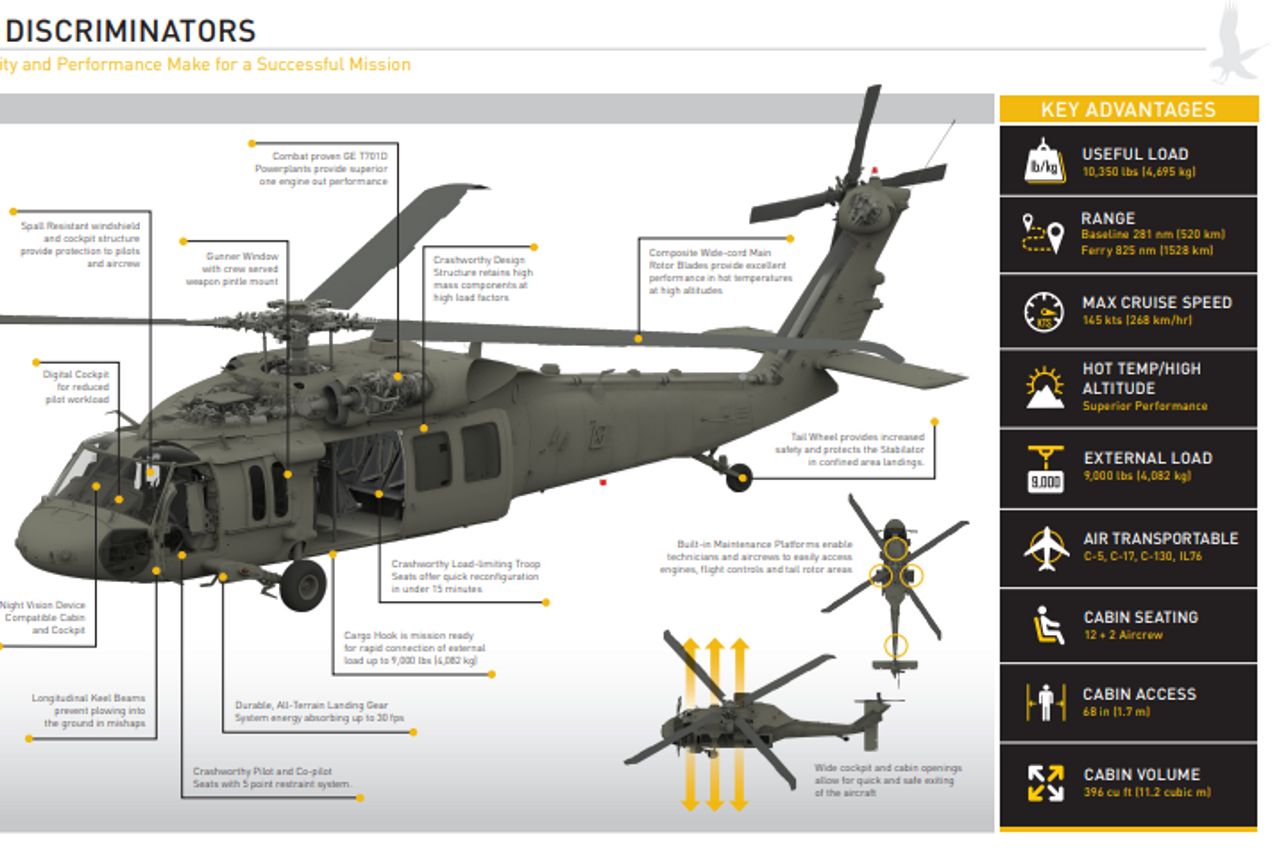High-Performance Multi-Role Rotorcraft Featuring Advanced Cabin Technologies and Integrated Sensing Unit Equipments
The world of rotorcraft modern technology has seen notable innovations in current times, specifically in the world of high-performance multi-role rotorcraft geared up with advanced cabin modern technologies and perfectly incorporated sensor systems. In the following conversation, we will certainly explore the development of rotorcraft technology, delve into the realm of advanced cabin technologies, and take a look at the effects of incorporated sensor systems on the functional versatility and performance of modern-day rotorcraft.
Development of Rotorcraft Innovation
The evolution of rotorcraft modern technology has been noted by significant developments in aerodynamics, materials, and propulsion systems, shaping the abilities and performance of contemporary rotorcraft. Wind resistant renovations have boosted the performance and ability to move of rotorcraft, permitting enhanced rate, dexterity, and security throughout flight (sikorsky s 70). Developments in materials, such as the use of composite materials and progressed alloys, have led to lighter yet more powerful rotorcraft structures, improving overall efficiency and sturdiness. Additionally, innovations in propulsion systems, consisting of extra effective engines and cutting-edge propulsion innovations, have actually made it possible for rotorcraft to accomplish higher altitudes, faster rates, and better hauls.
These developments have not only transformed the capacities of rotorcraft yet have actually likewise expanded their applications across numerous industries, including armed forces, industrial, and emergency situation services. The continual development of rotorcraft modern technology proceeds to drive innovation in the area, pushing the limits of what is feasible and shaping the future of upright trip.
Advanced Cockpit Innovations
Building upon the foundational improvements in the rules of aerodynamics, materials, and propulsion systems, the world of rotorcraft modern technology currently shifts emphasis in the direction of introducing Advanced Cockpit Innovations. The assimilation of advanced technologies within the cockpit environment plays a crucial role in boosting the operational capacities, security, and performance of modern rotorcraft. sikorsky s 70. Advanced Cabin Innovations include a large range of attributes developed to give pilots with enhanced situational understanding, structured data administration, and user-friendly control interfaces
Among the essential improvements in cockpit design is the application of glass cabins, which change traditional analog determines with high-resolution displays. These electronic systems supply customizable formats, real-time information assimilation, and improved readability, making it possible for pilots to access crucial details at a glimpse. Furthermore, progressed avionics systems, such as fly-by-wire controls and increased reality displays, are reinventing exactly how pilots engage with the aircraft, allowing for accurate control and improved decision-making abilities.


Including innovative cockpit innovations not only improves pilot performance but likewise adds to general goal effectiveness and safety and security in complex operational settings. By leveraging cutting edge technologies within the cockpit, rotorcraft suppliers are establishing new standards for operational quality and objective success.
Integrated Sensing Unit Equipments
With the development of rotorcraft technology, the integration of advanced Integrated Sensing unit Solution has actually come to be critical in improving functional performance and safety and security. These Integrated Sensor Equipments incorporate a vast array of innovations that give vital information for various features such as navigating, monitoring, targeting, and ecological monitoring. By effortlessly integrating sensing units like radars, cameras, lidar, and infrared systems right into rotorcraft, operators can take advantage of improved situational understanding, boosted objective capacities, and reduced pilot work.
One key benefit of Integrated Sensing unit Solutions is their capability to gather real-time information and provide workable insights to pilots and objective operators. For instance, progressed radar systems can spot and track targets over fars away, enabling early risk detection and effective response planning. Furthermore, integrating electro-optical and infrared electronic cameras allows rotorcraft to perform reconnaissance and security goals with precision and accuracy.
Essentially, the integration of cutting-edge sensor modern technologies into rotorcraft not only boosts functional performance but also contributes dramatically to overall goal success and staff safety. As rotorcraft proceed to progress, the role of Integrated Sensing unit Systems will undoubtedly remain at the forefront of technology in the aerospace market.
Functional Adaptability and Performance
Enhancing operational adaptability and effectiveness in rotorcraft is an all-natural progression from the assimilation of sophisticated Integrated Sensor Systems. By leveraging the information and understandings offered by these advanced sensing unit systems, rotorcraft can enhance their performance throughout different objectives and atmospheres.
Operational convenience includes the capability of rotorcraft to adapt to different duties and scenarios this hyperlink efficiently. With advanced cabin modern technologies and integrated sensor systems, rotorcraft can perfectly change in between tasks such as search and rescue, clinical evacuation, surveillance, and extra. This adaptability enhances the rotorcraft's capability to fulfill varied functional needs without needing extensive reconfiguration.
Performance in rotorcraft operations is critical for optimizing mission performance and resource usage. Integrated sensor systems play a pivotal function in boosting operational effectiveness by providing real-time data on weather, terrain mapping, target monitoring, and much more. This information enables pilots to make enlightened choices promptly, optimize flight paths, conserve fuel, and boost total mission performance.
Effect On Modern Air Travel Operations

Moreover, the combination of advanced sensing units facilitates enhanced objective preparation and execution, making it possible for rotorcraft to do a wide view it now variety of jobs with boosted accuracy. From search and rescue procedures to airborne firefighting and law enforcement goals, the abilities of modern-day rotorcraft furnished with advanced cockpit technologies and integrated sensing unit systems are unequaled.
Furthermore, the influence of these advancements extends past operational effectiveness to cost-effectiveness and sustainability. By maximizing trip paths, fuel intake, and maintenance timetables, high-performance rotorcraft geared up with innovative cockpit innovations and sensing units add to reducing operational expenses and ecological influence, making them indispensable properties in modern-day aviation operations.
Conclusion
In verdict, the high-performance multi-role rotorcraft with innovative cabin modern technologies and integrated sensor systems stands for a substantial advancement in aviation modern technology. These advancements boost functional versatility and efficiency, ultimately anonymous impacting modern aviation procedures in a positive method. The combination of these sophisticated modern technologies permits boosted capacities and efficiency in different objective scenarios, showcasing the continued development of rotorcraft innovation in the aviation sector.
The realm of rotorcraft technology has actually seen remarkable advancements in current times, particularly in the world of high-performance multi-role rotorcraft furnished with innovative cockpit technologies and seamlessly integrated sensing unit systems. From improved objective adaptability to enhanced operational performance, the merging of innovative cabin innovations and integrated sensing unit systems has actually ushered in a new era of opportunities for rotorcraft applications. In the complying with discussion, we will certainly discover the development of rotorcraft technology, dive into the world of sophisticated cockpit innovations, and check out the implications of integrated sensing unit systems on the functional convenience and efficiency of contemporary rotorcraft.

Comments on “Sikorsky S 70: Enhancing Helicopter Efficiency and Versatility”